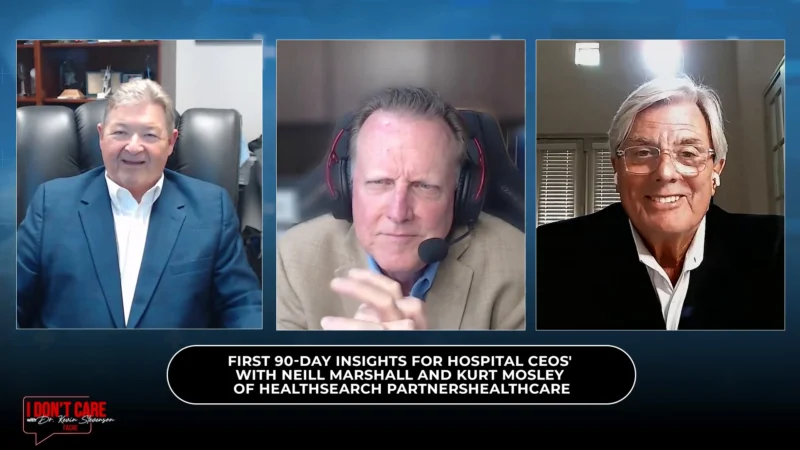Supporting the Safe, Effective and Efficient Use of UV-C Disinfection in Healthcare and Beyond
UV-C light has been part of disinfection processes in healthcare settings for some time. Now, it’s becoming an essential tool in other environments as a safe and fast way to kill pathogens. But using UV-C effectively requires users to know if they’ve delivered a sufficient dose of irradiation to a variety of surfaces – and that can be difficult because UV-C is, in practical terms, an invisible tool.
Since the beginning of the pandemic, the world is acutely aware that infection control isn’t just for hospitals. Discussing these new use cases and how UV-C works, host Daniel Litwin spoke with Wendy Brady, Director of Global Marketing for Intellego Technologies.
“Pathogens are everywhere on the surfaces we touch and the air we breathe. UV-C can be an important tool to protect spaces outside of healthcare,” Brady said. But the key to successful UV-C disinfection is ensuring that you’ve delivered the right amount of ultraviolet irradiation to surfaces.
So, how exactly does UV-C light work?
“UV-C is part of the ultraviolet spectrum and it has a powerful germicidal effect on bacteria, viruses and fungi,” Brady explained. “The way it works is by breaking the DNA or RNA bonds in organisms so they can then no longer reproduce. It renders them inactive, but a sufficient amount of energy or irradiation must be delivered to surface in order to achieve a germicidal effect.”
With established and widespread use in hospitals, other industries are now looking to the technology to help combat pathogens and make public areas safer. Brady said that schools, airports, hotels, event venues, commercial office buildings and more are all beginning to employ different types of UV-C systems to provide a higher level of sanitization.
Because UV-C is often used in unoccupied spaces or in closed cabinet systems, it’s challenging for operators to know if their device is truly working and that all target areas have received enough irradiation to achieve sanitization. It’s not something they can see, but dosimeters provide that important piece of visible evidence.
“UVC Dosimeters have a color-changing indicator area that shows the ‘dose’ or how much germicidal irradiation has been delivered. By seeing the dose, measured as 25, 50 or 100 mJ/cm², a person can verify that the device has delivered enough energy needed to kill SARS-CoV-2, MRSA or even C. Difficile,” Brady said.
With a dosimeter, users have accurate, visible confirmation and real-time evidence that a UV-C disinfection device has done its job. With this additional context, disinfecting can become a more efficient process and it builds confidence in the effectiveness of the technology.
“Dosimeters can also save time, as users can see when the disinfection cycle is successful. Operators are finding that some areas can be sanitized more quickly than expected because they can see when they’ve reached a target dose. This means they can use their UV-C equipment in a more efficient manner, sanitizing more areas and creating safer environments,” Brady added.
Follow us on social media for the latest updates in B2B!
Twitter – @MarketScale
Facebook – facebook.com/marketscale
LinkedIn – linkedin.com/company/marketscale









